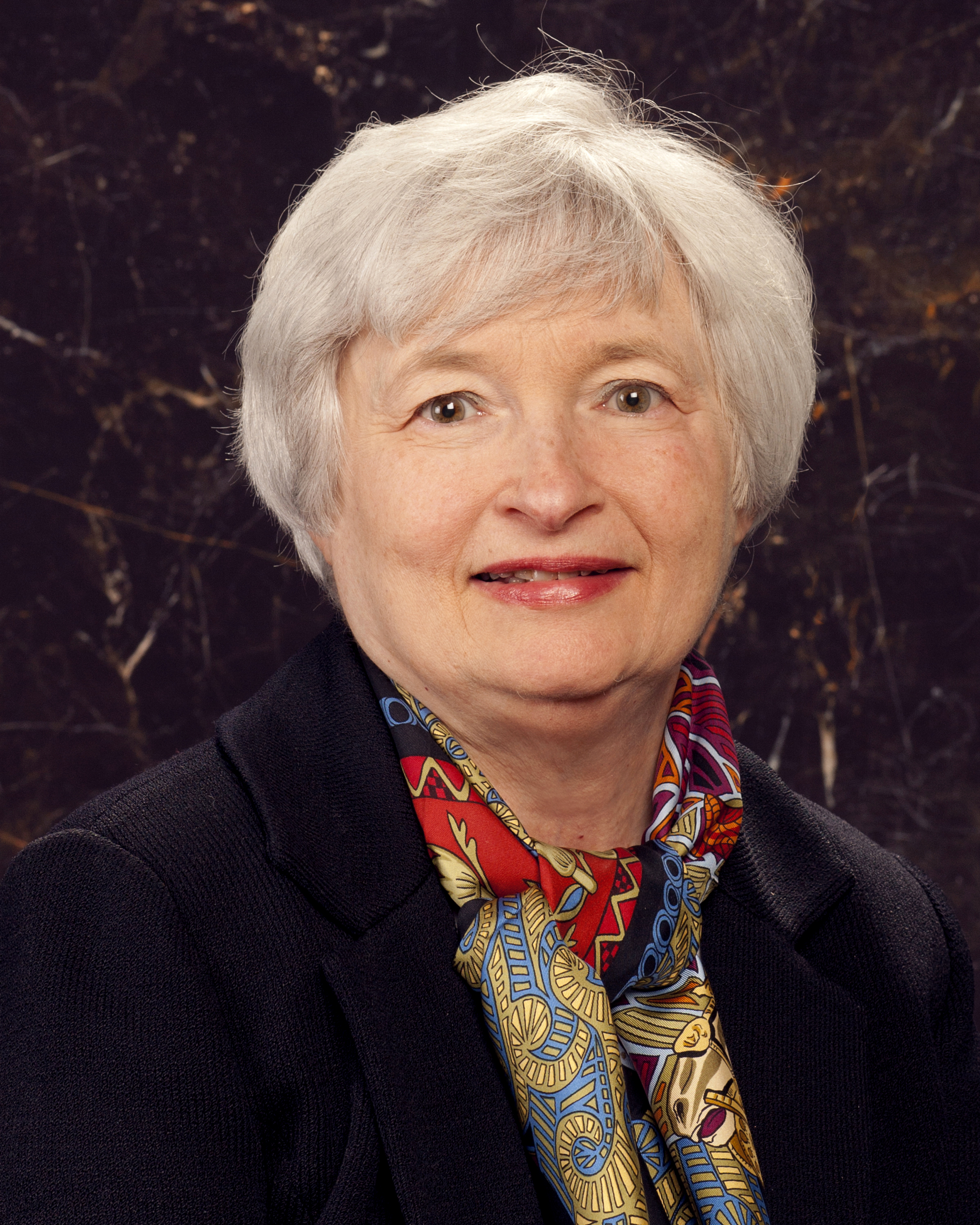Vivek Kaul
When it comes to investing in the stock market, there used to be two kinds of investors: those who invested on the basis of the fundamentals of a stock and and those who invested on the basis of non fundamentals.
Investors like Warren Buffett specialise in investing on the basis of fundamentals. These investors go through balance sheets, annual reports etc., in great detail, trying to figure out how well a company they want to invest in is doing in terms of sales, expenditure and profits.
On the other hand, the non fundamental investor most of the times is trying to do what John Maynard Keynes described best. John Lanchester writes about this “famous description” in his recent book How to Speak Money” “He (i.e. the non fundamental investor) is looking at a photo of six girls and trying to pick, not which girl he thinks is the prettiest, and not which he thinks most people will think is the prettiest, but which most people will think most people will think is the prettiest…In other words the non-fundamentals investor isn’t trying to work out what companies he should invest in, or what company most investors will think they should invest in, but which company most investors will think most investors will want to invest in.”
Or as Keynes put it in his magnum opus The General Theory of Employment, Interest and Money “It is not a case of choosing those [faces] that, to the best of one’s judgement, are really the prettiest, nor even those that average opinion genuinely thinks the prettiest. We have reached the third degree where we devote our intelligences to anticipating what average opinion expects the average opinion to be.”
And this is how the stock market investors were neatly divided with the majority of them trying to figure out “ what average opinion expected the average opinion to be”. This neat division was broken down in the aftermath of the current financial crisis which started in September 2008. The markets are now ruled by the central banks.
As Ben Hunt wrote in the Epsilon Theory investment letter dated August 5, 2014, and titled Fear and Loathing on the Marketing Trail, 2014 “Today, everyone believes that market price levels are largely driven by monetary policy and that we are all being played by politicians and central bankers using their words for effect rather than direct communication.”
Monetary policy is essentially the process by which a central bank controls the amount of money in the financial system of a country. In the aftermath of the financial crisis, central banks of Western economies started printing money.
Economist John Mauldin in a recent column titled The End of Monetary Policy estimates that central banks have printed $7-8 trillion since the start of the financial crisis. It is worth pointing out here that this money is not actually printed, but created digitally, nonetheless “money being printed” is an easier way to talk about the whole thing.
Once this new money is created it is used to buy bonds, both private as well as government. This has been done to pump money into the financial system and ensure that there is enough money going around to keep interest rates low.
At low interest rates the hope was that people would borrow and spend more. This would create some demand and help economic growth. But that did not happen. What happened instead was that this newly created money found its way into financial markets all over the world.
This broke down the link between economic performance of a country and the performance of its stock market. The stock markets rallied anyway. This point was very well made recently by Claudio Borio, the head of the Bank of International Settlement’s monetary and economic department: “Buoyant financial markets are out of sync with the shaky global economic and geopolitical outlook. Overall, it is hard to avoid the sense of a puzzling disconnect between the markets’ buoyancy and underlying economic developments globally. Financial markets are euphoric, in the grip of an aggressive search for yield, and yet investment in the real economy remains weak while the macro-economic and geopolitical outlook is still highly uncertain.”
This has led to a situation where bad economic news is treated as good news by the stock markets because the investors know that this will lead to central banks printing more money as they try and get economic growth going again. As Gary Dorsch, Editor, Global Money Trends newsletter, wrote in a recent column “Bad economic news is treated as Bullish news for the stock market, because it lead to expectation of more “quantitative easing.” And the easy money flows that are injected by central banks go right past goods and services (ie; the real economy) and are whisked into the financial markets, where it pushes up the prices of stocks and bonds. In simple terms, what matters most to the stock markets are the easy money injections from the central banks, and to a lesser extent, the profits of the companies whose stocks they are buying and selling.”
This single paragraph explains all the stock market rallies that have happened all over the world in the last few years. At the same time the “easy money” created by central banks has also helped boost corporate profits. As Dorsch puts it “The boom in corporate profits has been heavily subsidized by cheap and easy credit, which has allowed big companies to boost returns by paring down interest costs and buying back shares.” And this has also boosted stock market performance. The question is till when can this last? Do investors really believe that central banks will keep coming to their rescue forever? These are not easy questions to answer and on this your guess is as good as mine.
Hunt who writes the Epsilon Theory newsletter believes that “No one requires convincing that market price levels are unsupported by real world economic activity. Everyone believes that this will all end badly, and the only real question is when.”
Albert Edwards of Societe Generale is a little more direct about the issue. As he wrote in recent research note dated October 23, 2014: “The central banks for all their huffing and puffing cannot eliminate the business cycle. And they should have realised after the 2008 Great Recession that the longer they suppress volatility, both economic and market, the greater the subsequent crash. Will these morons ever learn?” He also quotes Guy Debelle, head of the BIS market committee, as saying that “investors had become far too complacent, wrongly believing that central banks can protect them, and many staking bets that are bound to “blow up” at the first sign of stress.”
The Federal Reserve of the United States has gradually been winding down its money printing programme. Currently it prints $15 billion every month. The Federal Open Market Committee is supposed to meet on October 28-29, later this month. The expectation is that the committee will wind up the money printing programme.
The stock market in the US has remained largely flat over the last two months. In case it starts to fall, once the Federal Reserve stops printing money, it is likely that the American central bank will start printing money again. As Christopher Wood wrote in the Greed and Fear investment newsletter in November last year “The key issue is what might trigger a market correction. The market consensus continues to focus on the tightening in financial conditions triggered by “tapering”. Still such a hypothetical correction is not so big a deal to GREED & fear, since any real equity decline caused by tapering is likely to lead, under a Fed run by Janet Yellen, to renewed easing.”
So what is the real threat then? “The real threat to US equities is when the American economy fails to re-accelerate as forecast,” wrote Wood. And that is something worth worrying about.
The article originally appeared on www.FirstBiz.com on Oct 26, 2014
(Vivek Kaul is the author of the Easy Money trilogy. He tweets @kaul_vivek)


